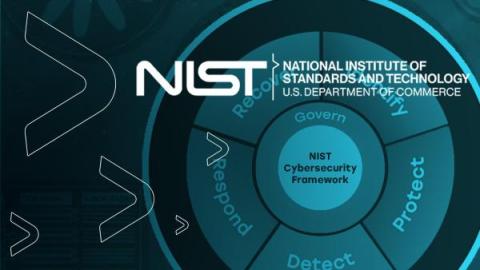CVE-2024-3094: Backdoor Found in XZ Utils Compression Tool Used by Linux Distributions
On March 29, 2024, a security researcher disclosed the discovery of malicious code in the most recent versions of XZ Utils data compression tools and libraries. The code contained a backdoor, which a remote threat actor can leverage to break sshd authentication (the service for SSH access) and gain unauthorized access to the system, potentially leading to Remote Code Execution (RCE).










